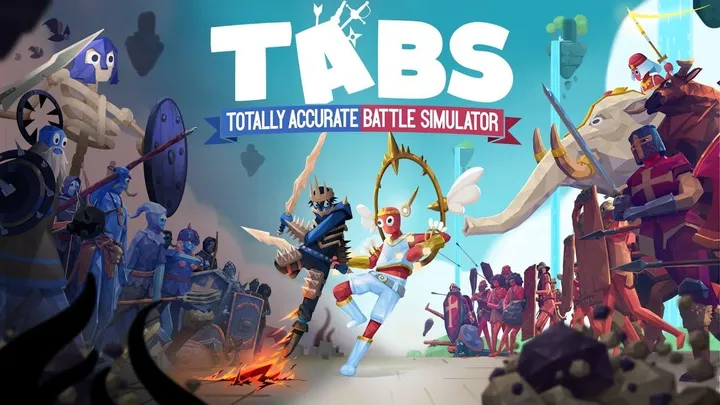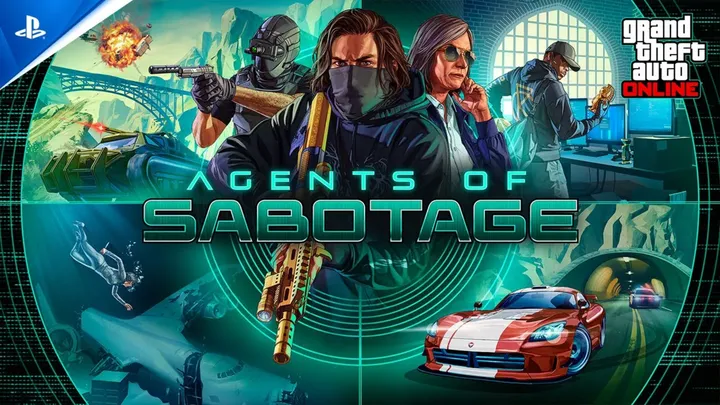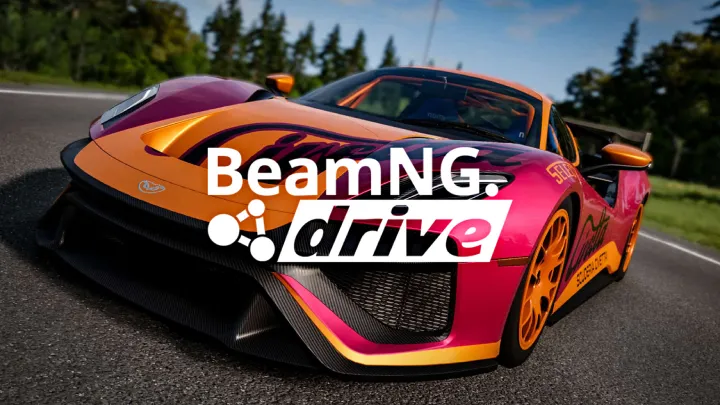METAL EDEN is a cyberpunk FPS that throws players into the orbital city of MOEBIUS as ASKA, a Hyper Unit tasked with extracting the last remnants of humanity from biomechanical husks. With its kinetic combat, parkour traversal, and the signature core-ripping mechanic, METAL EDEN demands precision, aggression, and tactical awareness. This guide offers a comprehensive breakdown of systems, strategies, and progression tips—organized chronologically—to help you dominate every encounter and unlock ASKA’s full potential.
1. Getting Started: Understanding ASKA’s Systems
ASKA is equipped with advanced mobility and combat tools, but mastering them takes time. The game introduces jetpack traversal, dash mechanics, and stamina-based movement early on. Fuel and stamina are limited, so learning how to conserve and chain movement is essential.
Combat is fast and unforgiving. ASKA’s multitool allows for core-ripping, environmental interaction, and combo chaining. Before diving into fights, spend time in the training zone to experiment with weapon types and movement loops.
Core Systems to Learn
- Jetpack fuel management
- Dash cooldowns and stamina
- Multitool functions and upgrades
Pro Tip
Use the training arena to test weapon combos and rip timing before entering live missions.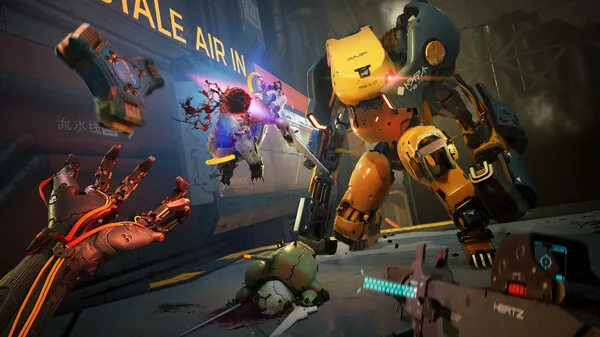
2. Movement Mastery: Traversal as Survival
Movement in METAL EDEN is more than mobility—it’s survival. Wall-running, gliding, and jet boosts allow ASKA to avoid damage, reposition, and chain attacks. Static players are punished; fluidity is rewarded.
Practice chaining wall runs into jet boosts, then dashing into glides. This loop allows you to maintain momentum and avoid enemy fire. Vertical arenas demand mastery of elevation—use walls and platforms to flank enemies and escape swarms.
Movement Combos
- Wall Run → Jet Boost → Dash
- Glide → Slam → Core-Rip
- Vertical Loops for repositioning
Pro Tip
Use wall-running to bait enemy fire and reposition mid-combat for surprise attacks.
3. Weapon Loadouts and Synergy
ASKA’s arsenal includes kinetic rifles, plasma blades, shock gauntlets, and explosive launchers. Each weapon has a unique rhythm, combo potential, and upgrade path. Loadouts should reflect your playstyle and mission type.
Kinetic weapons offer balanced damage and range. Plasma blades excel in close quarters. Shock gauntlets provide crowd control, while launchers deal AoE damage. Pair weapons that complement each other—e.g., plasma for burst and shock for control.
Loadout Examples
- Aggressive: Plasma Blade + Shock Gauntlet
- Tactical: Kinetic Rifle + Explosive Launcher
- Hybrid: Blade + Rifle + Multitool
Pro Tip
Switch weapons mid-combo to extend damage chains and trigger stagger effects.
4. Core-Ripping: Timing, Risk, and Reward
Core-ripping is METAL EDEN’s defining mechanic. ASKA uses her Gravity Beam to extract cores from enemies, restoring health or triggering AoE effects. It’s brutal, cinematic—and dangerous.
Core-ripping locks ASKA into a short animation, leaving her vulnerable. Use it strategically: rip stunned or isolated enemies, not mid-swarm. Some enemies require armor breaks or stagger states before they’re rip-ready.
Rip Types
- Standard Rip: Heals ASKA
- Chain Rip: Damages nearby enemies
- Tactical Rip: Triggers environmental effects
Pro Tip
Save core-rips for phase transitions in boss fights to maximize impact and recovery.
5. Enemy Archetypes and Counterplay
Enemies in METAL EDEN are diverse and deadly. From agile Seekers to floating Gjall-class units, each archetype demands a tailored approach. Learn their attack patterns, weaknesses, and rip conditions.
Seekers swarm—use AoE and shock weapons. Gjalls bombard from above—jetpack to their altitude and use kinetic rifles. Heavy mechs require armor breaks before core-ripping. Engineers buff allies—take them out first.
Enemy Breakdown
- Seeker: Fast melee, low health
- Gjall: Ranged AoE, high mobility
- Mech: Tanky, requires armor break
- Engineer: Buffs allies, must be prioritized
Pro Tip
Always eliminate Engineers first—they can turn a manageable fight into chaos.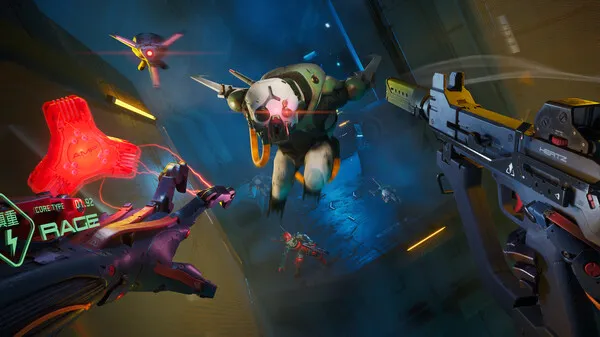
6. Arena Design and Environmental Strategy
Combat arenas are vertical, layered, and filled with hazards. Use terrain to your advantage—bait enemies into traps, use walls for cover, and exploit elevation. Portals and jump pads offer escape routes and flanking paths.
Some arenas feature destructible elements. Blowing up fuel tanks or collapsing platforms can clear waves instantly. Memorize layouts and use them to isolate enemies or escape pressure.
Terrain Tips
- Use elevation to avoid melee swarms
- Trigger environmental hazards for AoE kills
- Memorize portal layouts for quick repositioning
Pro Tip
In boss arenas, use terrain to isolate adds and focus damage on the main threat.
7. Weapon Upgrades and Dust Management
Dust is the currency of progression. Earned from kills and exploration, it’s used to upgrade weapons and unlock abilities. Each weapon has two upgrade paths—damage and utility.
Some upgrades require specific conditions, like core-rip counts or combo chains. Plan your loadout around upgrade goals. Don’t spread Dust too thin—focus on 2–3 weapons that suit your style.
Upgrade Paths
- Damage: Increases raw output
- Utility: Adds effects like stun, burn, or slow
- Hybrid: Mix of both, unlocked later
Pro Tip
Save Dust before boss fights—you may need to pivot your loadout mid-mission.
8. Boss Fights: Execution and Adaptation
Bosses are multi-phase, pattern-driven fights. Each has unique mechanics—shield phases, summon waves, terrain manipulation. Study their patterns and adapt your strategy.
Use stagger windows to trigger core-rips and deal massive damage. Some bosses require environmental interaction—activating turrets or disabling shields. Always manage fuel and stamina during these fights.
Boss Strategy Checklist
- Learn attack patterns
- Use terrain for cover and mobility
- Save core-rips for phase transitions
- Manage crowd control with AoE weapons
Pro Tip
Equip a stun weapon before boss fights—it can interrupt key attacks and open rip windows.
9. Faction Systems and Story Impact
METAL EDEN features dynamic factions that react to your choices. Aligning with certain groups unlocks gear, missions, and story branches. Betraying factions leads to ambushes and locked content.
Dialogue choices matter. Some missions offer stealth or diplomacy options. Your reputation affects enemy behavior—hostile factions deploy elite units if provoked.
Faction Paths
- Alliance: Trade and gear access
- Neutral: Flexible but limited rewards
- Hostile: High risk, high loot
Pro Tip
Use faction disguises to infiltrate enemy zones and gather intel without combat.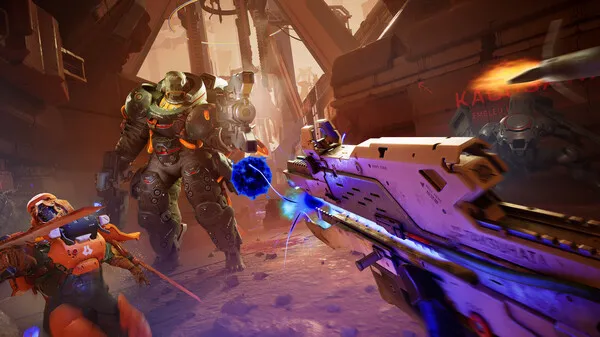
10. Endgame Challenges and Mastery
After completing the campaign, METAL EDEN opens up with elite hunts, time trials, and challenge modes. These require mastery of movement, weapon synergy, and rip timing.
Experiment with hybrid builds—mixing plasma and shock for burst and control. Use combo chains to trigger rip effects and extend kill streaks. Endgame arenas are unforgiving—only precision and aggression will carry you through.
Endgame Goals
- Unlock elite gear sets
- Complete time trials for cosmetic rewards
- Master combo chains and rip interrupts
Pro Tip
Record your runs and analyze movement patterns—small tweaks can shave seconds off elite trials.
Conclusion METAL EDEN is a game of momentum, aggression, and tactical precision. From mastering ASKA’s movement systems to executing flawless core-rips in boss fights, every mechanic is designed to reward skill and punish hesitation. By following these tips and guides, you’ll not only survive MOEBIUS—you’ll dominate it. Whether you’re wall-running through bullet storms or ripping cores mid-air, METAL EDEN offers a combat experience unlike any other. Stay sharp, stay fast, and stay lethal
